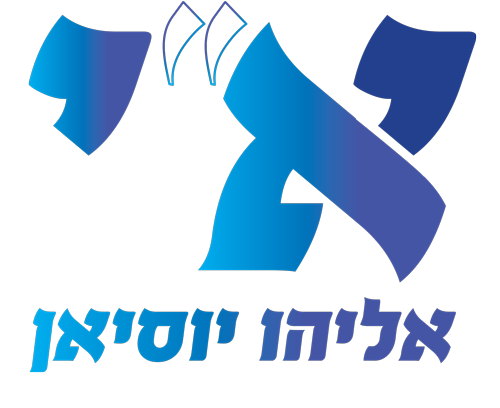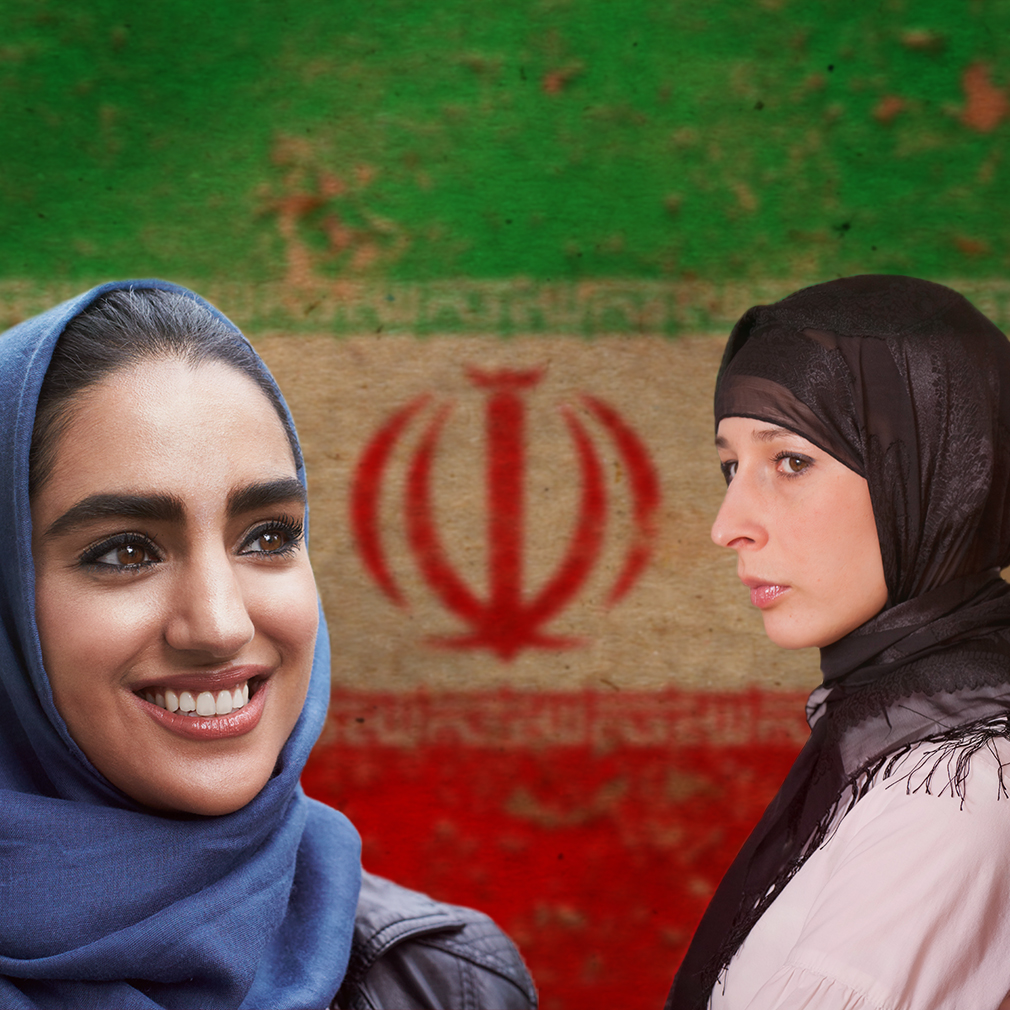Lecture Description
The Islamic Revolution in Iran brought with it many changes that affected Iranian society. This revolution entailed a change in the influence of the government on the status of Iranian women, their integration into society and the challenges they face both socially and legally-halakhically. The lecture is accompanied by a speech by the Iranian leader on the status of women, a rare photo presentation of hijab fashion, the military training of Iranian female fighters and Women’s Day among the women of the Revolutionary Guards. The lecture will also present fascinating data that shed light on the status of women in Iran after the Islamic Revolution and conclude with a music video from one of the Iranian singers in Iran.
Lecture Content
The Hijab as a Symbol of the Status of Women in Iran
– As is known, Iran requires women living within its borders to wear the hijab. This law raises many questions such as: How should the religious minority act under the law? How does this law affect tourists or visiting politicians and is it true that they will also be required to wear the hijab?
– In addition to discussing the questions above, we will learn about the different types of hijab and what they teach us about the current trend to which Iranian women belong, as well as review the percentages of distribution of the types of hijabs that exist among Iranian women.
Review of statistical data that shed light on the status of women in Iran
– Female representation in universities
– Female representation in parliament
– Female representation in the legal world
– Unemployment rate among Iranian women compared to men and its reasons
Answers to questions such as:
– What about the desire of Iranian women to enlist?
– The uniqueness of Women’s Day in Iran and what distinguishes it from International Women’s Day?
– How do Iranian men deal with the change in the status of women after the revolution?
– Divorce and the rights of Iranian women?
– Is sy’ah (temporary marriage) a trampling on women’s rights?

